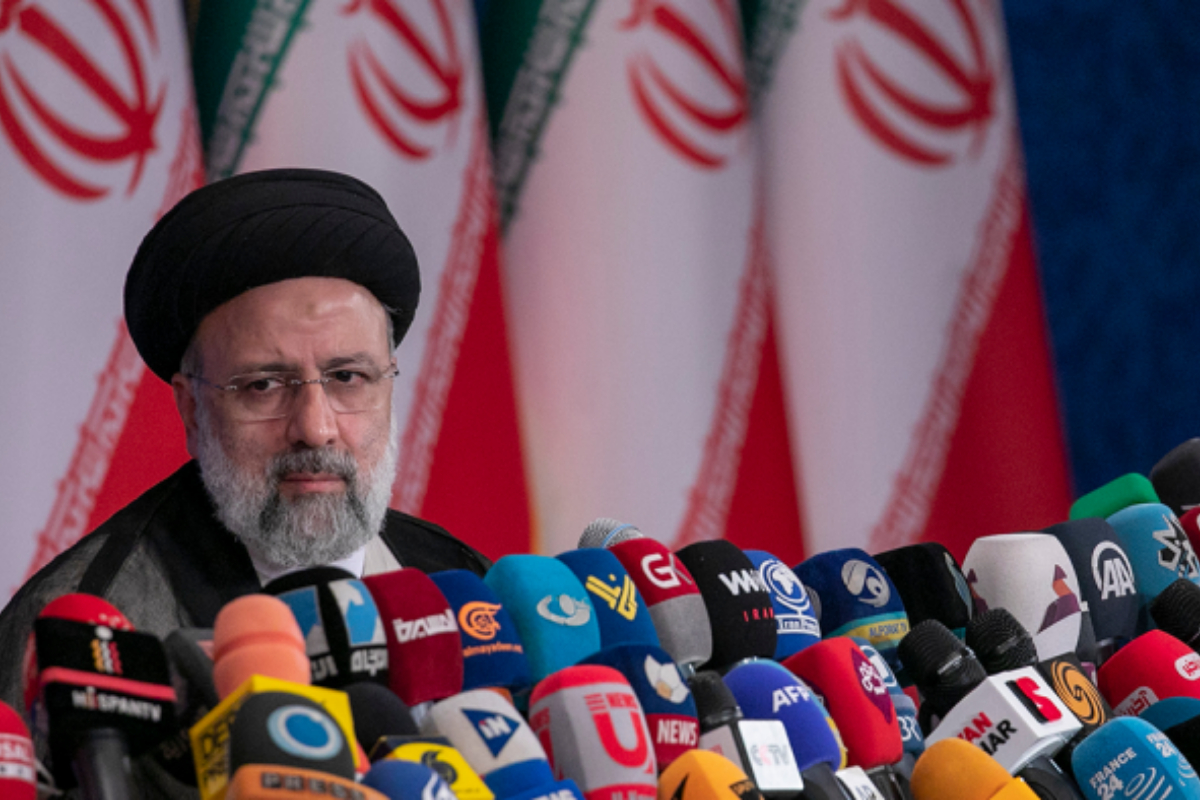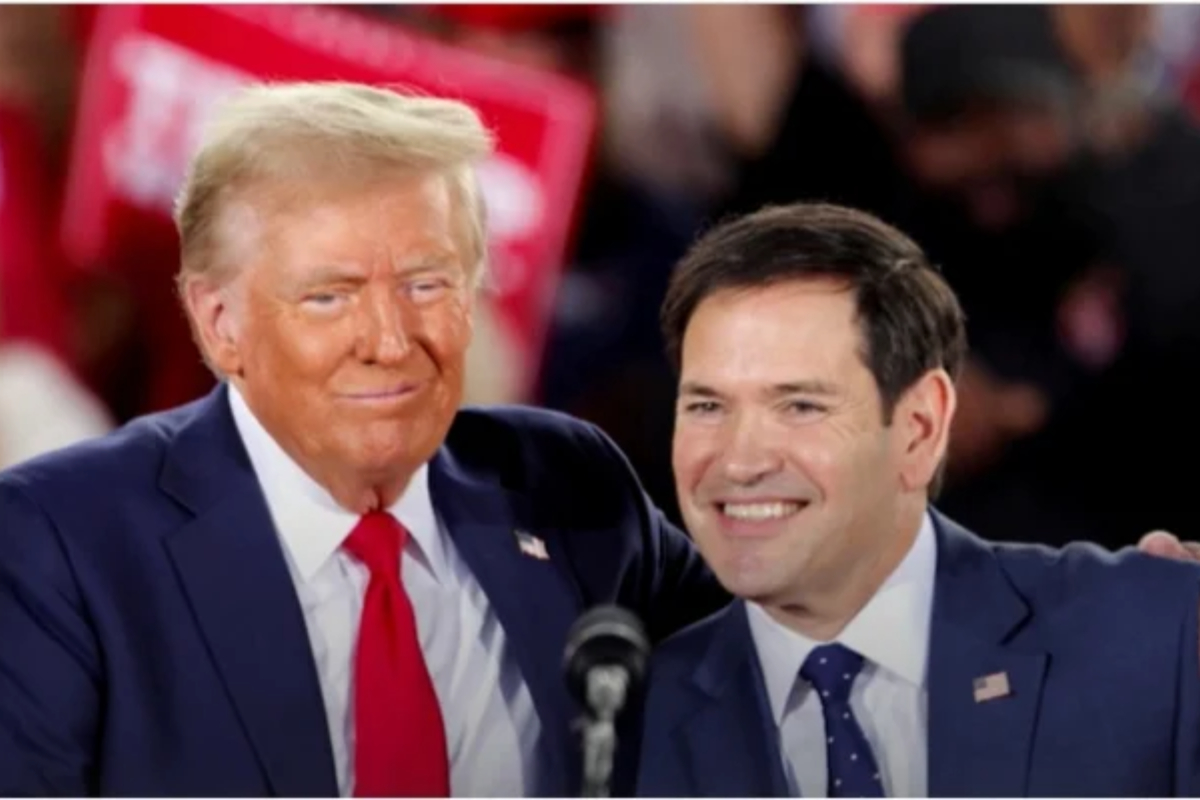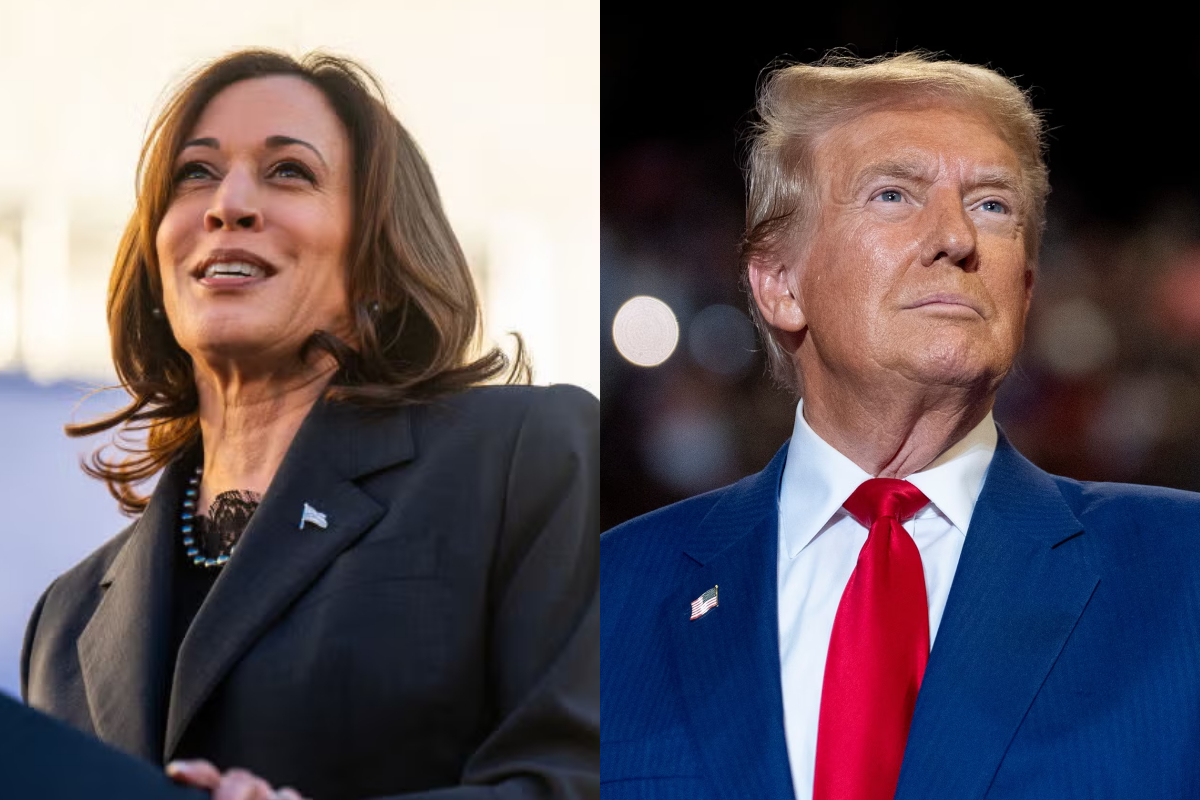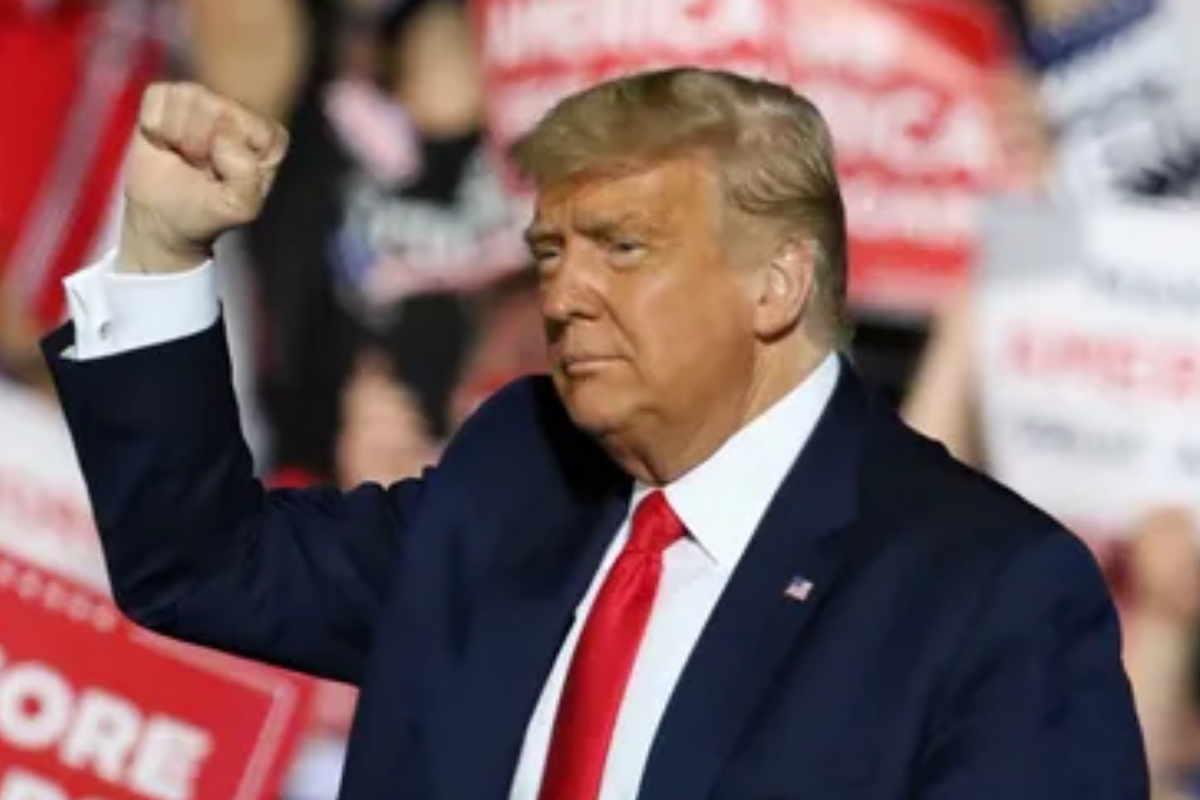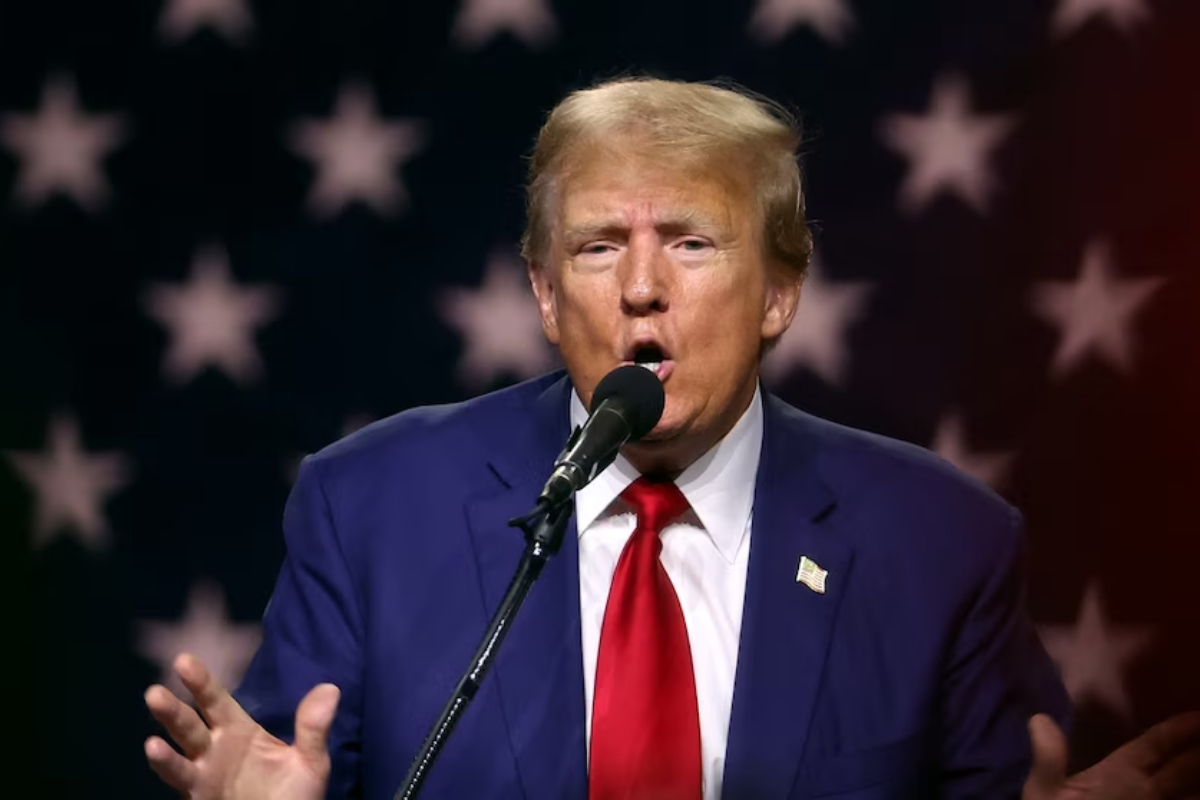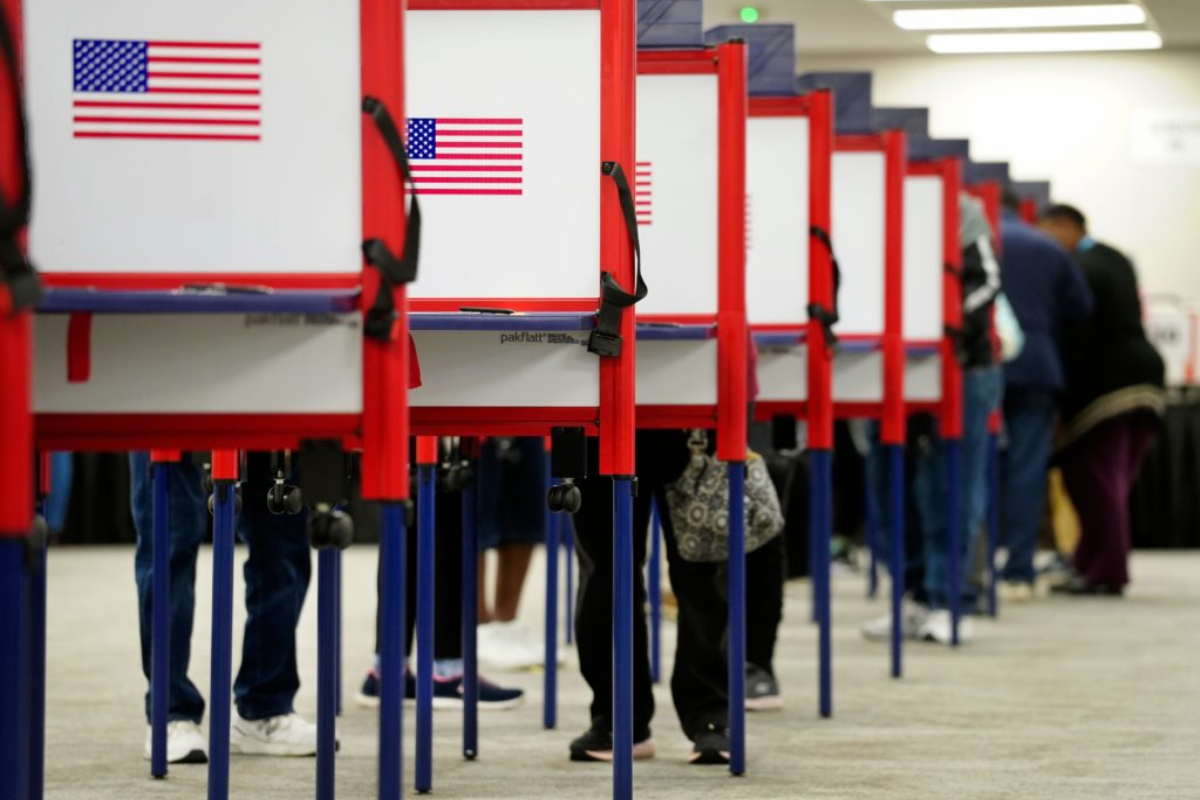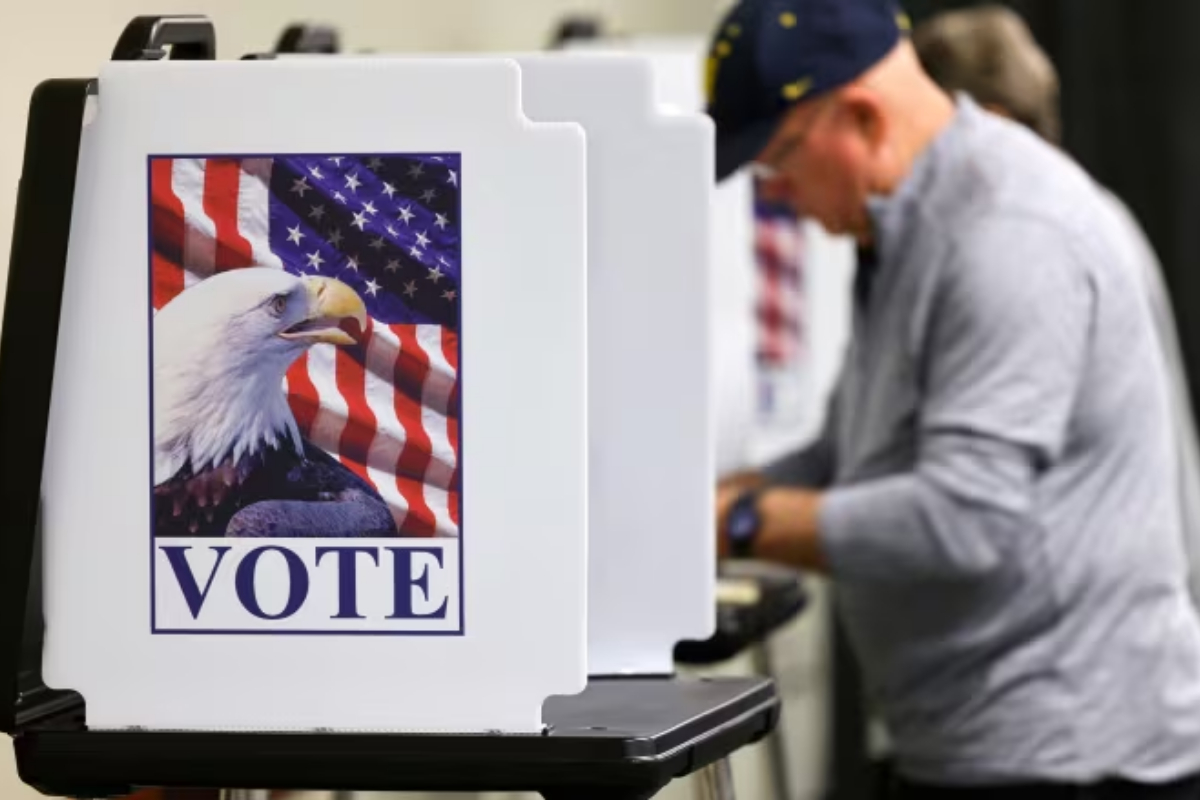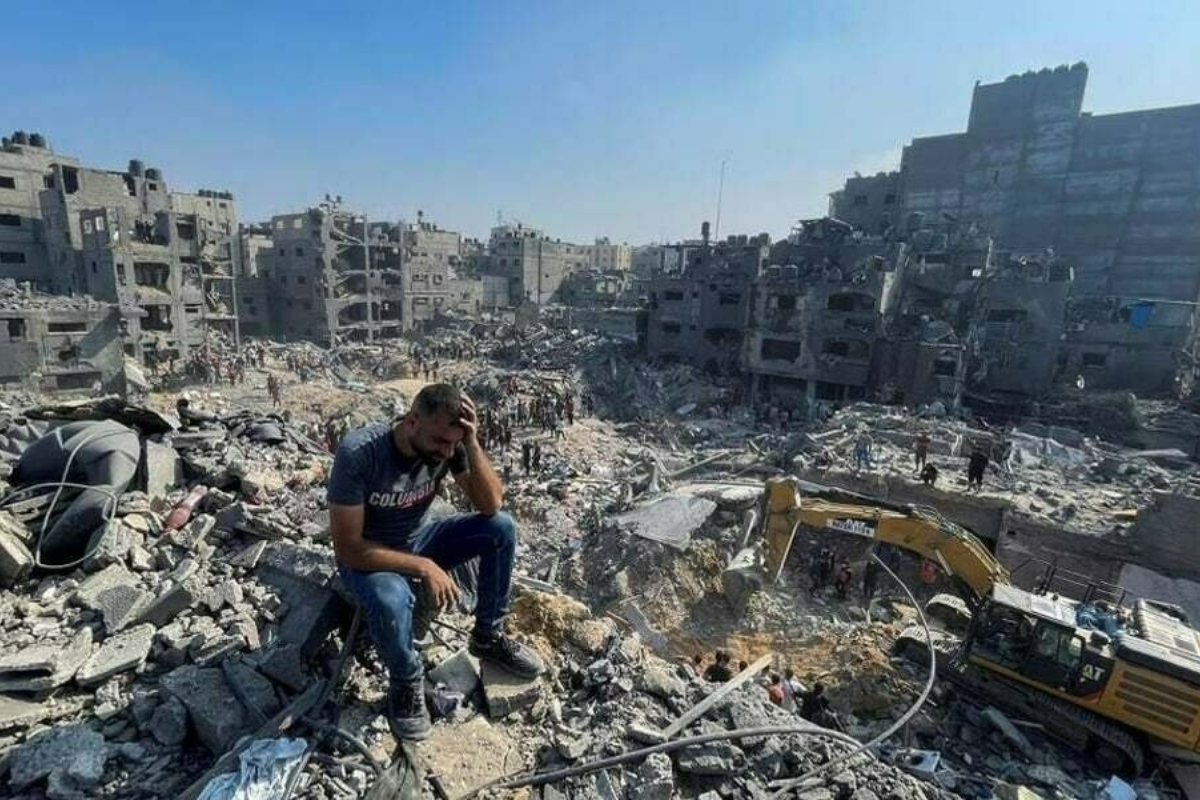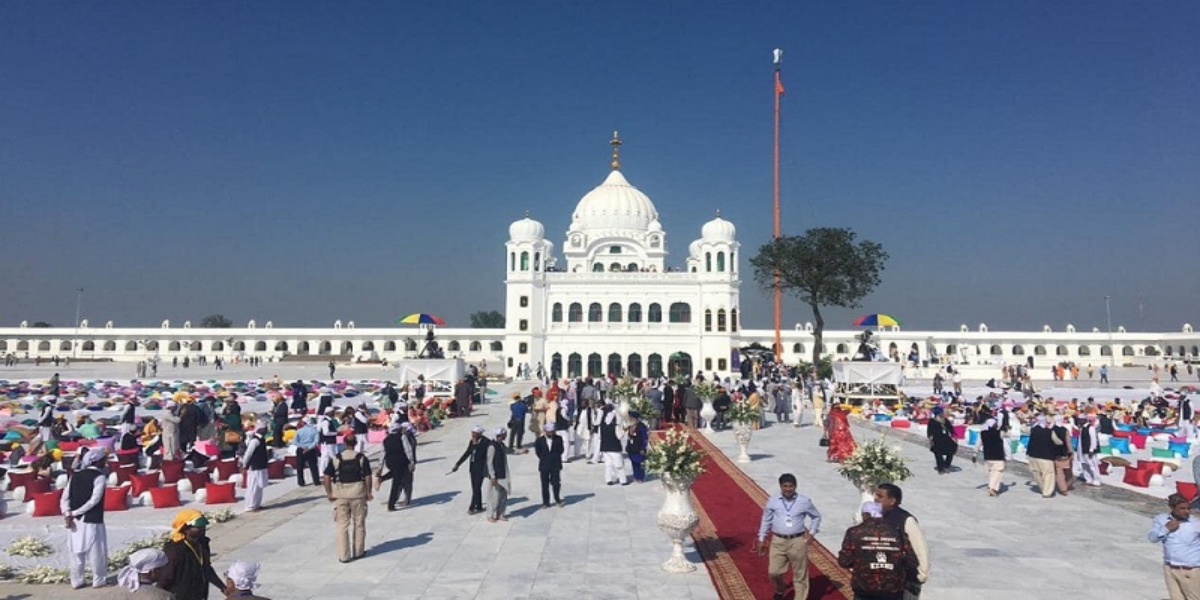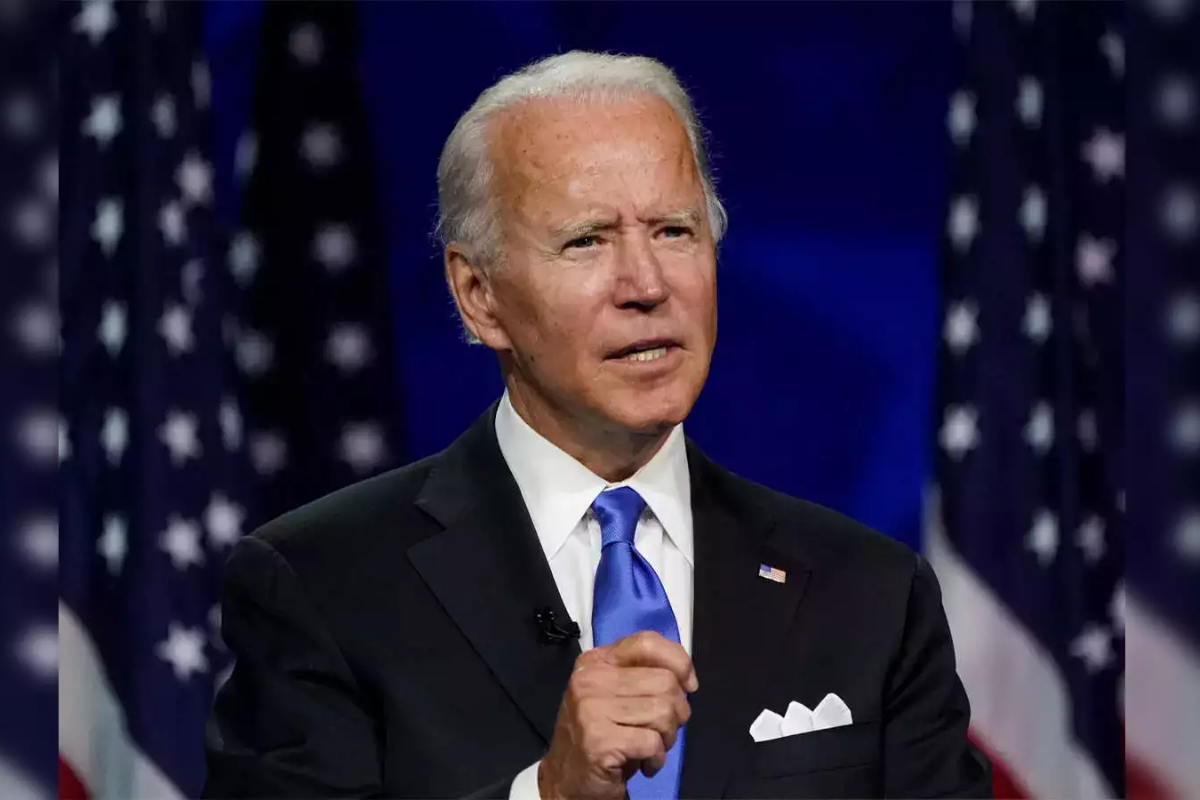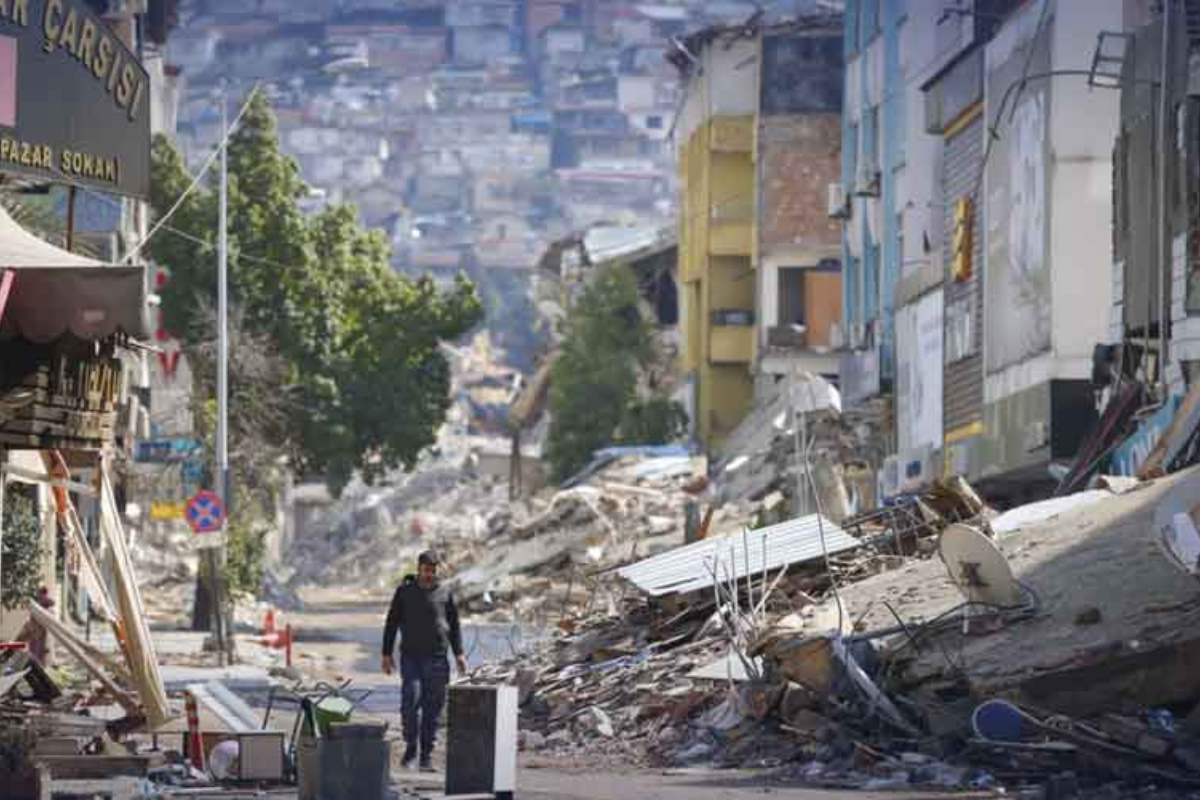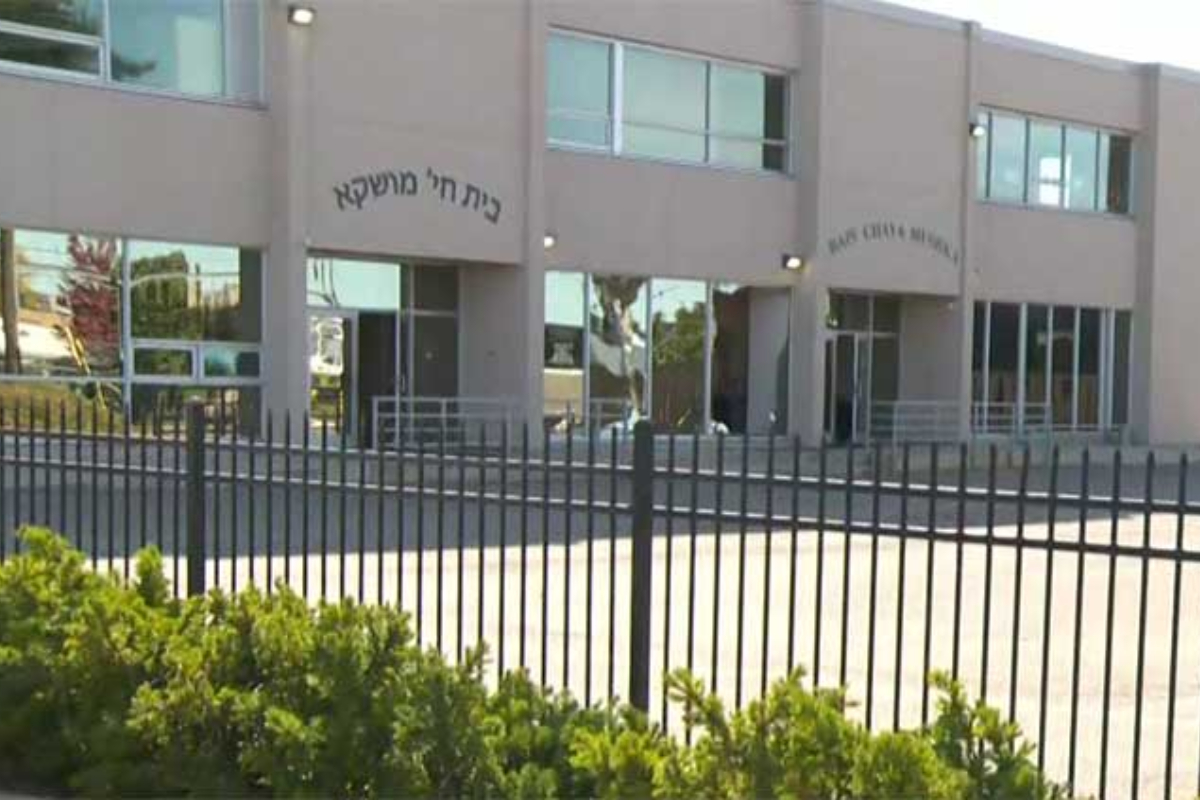- Mahsa Amini was detained for allegedly failing to follow hijab (headscarf) rules.
- Her family and many other Iranians believe she died as a result of being beaten by police.
- These protests are much more inclusive than previous ones, with many men participating.
The nationwide protests in Iran that erupted in response to the death in police custody of a 22-year-old Kurdish woman detained for allegedly failing to follow hijab (headscarf) rules are the most serious challenge to Iran’s leadership in years.
While authorities claim Mahsa Amini died of natural causes, her family and many other Iranians believe she died as a result of being beaten.
Protesters claim that if they do not act now, they will suffer the same fate.
It has arrived at a time when Iranians are particularly irritated. Systematic corruption among Iran’s political elite, rising poverty with more than 50% inflation, stalled nuclear talks, and a lack of social and political freedom have left Iran’s young and vibrant population feeling hopeless.
According to the Social Security Organization Research Institute in Iran, at least 25 million Iranians will be living in poverty by June 2021. That figure is now even higher.
These are not the first protests in Iran’s Islamic republic’s history. However, many observers believe they are unique in some way.
This is, above all, a feminist protest.
Civil liberties organisations are constantly highlighting the oppression of women in Iran, an entire segment of society that has suffered the most as a result of the 1979 Islamic revolution.
Soon after the revolution, Iranian women were forced to wear the hijab (headscarf) and lost many of their rights, including the right to travel, work, and child custody over the age of seven. Men had little objection to these changes at the time.
“The fact that so many men are participating in the protests indicates that society has shifted to more progressive demands,” says Mehrdad Darvishpour, an Iranian sociologist based in Sweden.
Protesters’ main slogan is “Woman, Life, Freedom,” a call for equality and a stance against religious fundamentalism.
Furthermore, these protests are much more inclusive than previous ones.
The middle class protested alleged election fraud during the so-called Green Movement of 2009. Despite its size, it was concentrated in major cities. Other major protests in 2017 and 2019 took place in poorer neighbourhoods.
However, recent protests have been reported in both middle-class and working-class neighbourhoods. They appear to have shifted from local or ethnic concerns to more universal concerns.
“We are seeing the birth of a mega-movement,” Mr Darvishpour says.
A female-led movement that has succeeded in bringing other movements together. Furthermore, the symbolic value of burning hijabs has shattered the image of an unbreakable regime.
Mr Darvishpour believes there is no turning back from this experience.

